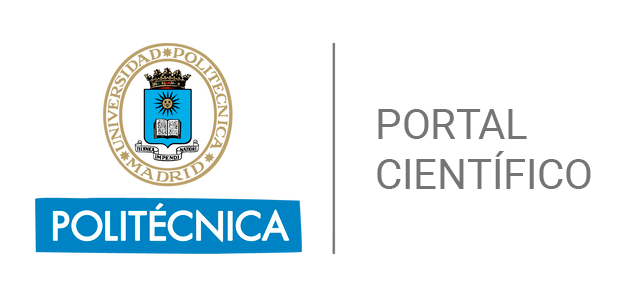
Indexado en
Licencia y uso
Grant support
HSL gratefully acknowledges CONACYT-MEXICO for financial support (scholarship 849140). We are also thankful to DGTIC-UNAM (grant LANCAD-UNAM-DGTIC 250) for computer time. JMGV acknowledges the support of the Spanish Ministry of Science and Innovation through the Juan de la Cierva-Formation fellowship FJC2020-044053-I funded by MCIN/AEI/10.13039/501100011033. AMP and EF acknowledge the Spanish MICINN for financial support (grant No. PGC2018-095953-B-I00) and the FICyT (grant No. IDI-2021-000054).
Análisis de autorías institucional
Guevara-Vela, José ManuelAutor o CoautorPartition of the electronic energy of the PM7 method via the interacting quantum atoms approach
Publicado en:Physical Chemistry Chemical Physics. 24 (32): 19521-19530 - 2022-08-03 24(32), DOI: 10.1039/d2cp02013k
Autores: Salazar-Lozas, Hugo; Guevara-Vela, Jose Manuel; Pendas, Angel Martin; Francisco, Evelio; Rocha-Rinza, Tomas
Afiliaciones
Resumen
Partitions of the electronic energy such as that provided by the Interacting Quantum Atoms (IQA) approach have given valuable insights for numerous chemical systems and processes. Unfortunately, this kind of analysis may involve the integration of scalar fields over very irregular volumes, a condition which leads to a large and often prohibitive computational effort. These circumstances have limited the use of these energy partitions to systems comprising a few tens of atoms at most. On the other hand, semiempirical methods have proved useful in the study of systems of several thousands of atoms. Therefore, the goal of this work is to carry out partitions of the semiempirical method PM7 in compliance with the IQA approach. For this purpose, we computed one- and two-atomic energetic contributions whose sum equals the PM7 electronic energy. We illustrate how one might exploit the partition of electronic energies computed via the PM7 method by considering small organic and inorganic molecules and the energetics of individual hydrogen bond interactions within several water clusters which include (H2O)(30), (H2O)(50) and (H2O)(100). We also considered the solvation of the amphiphilic caprylate anion to exemplify how to exploit the energy partition proposed in this paper. Overall, this investigation shows how the approach put forward herein might give further insights of the interactions occurring within complex systems in physical and biological chemistry.
Palabras clave
Indicios de calidad
Impacto bibliométrico. Análisis de la aportación y canal de difusión
El trabajo ha sido publicado en la revista Physical Chemistry Chemical Physics debido a la progresión y el buen impacto que ha alcanzado en los últimos años, según la agencia Scopus (SJR), se ha convertido en una referencia en su campo. En el año de publicación del trabajo, 2022, se encontraba en la posición , consiguiendo con ello situarse como revista Q1 (Primer Cuartil), en la categoría Physics and Astronomy (Miscellaneous).
2025-07-29:
- WoS: 1
- Scopus: 1
Impacto y visibilidad social
Análisis de liderazgo de los autores institucionales
Este trabajo se ha realizado con colaboración internacional, concretamente con investigadores de: Mexico.

